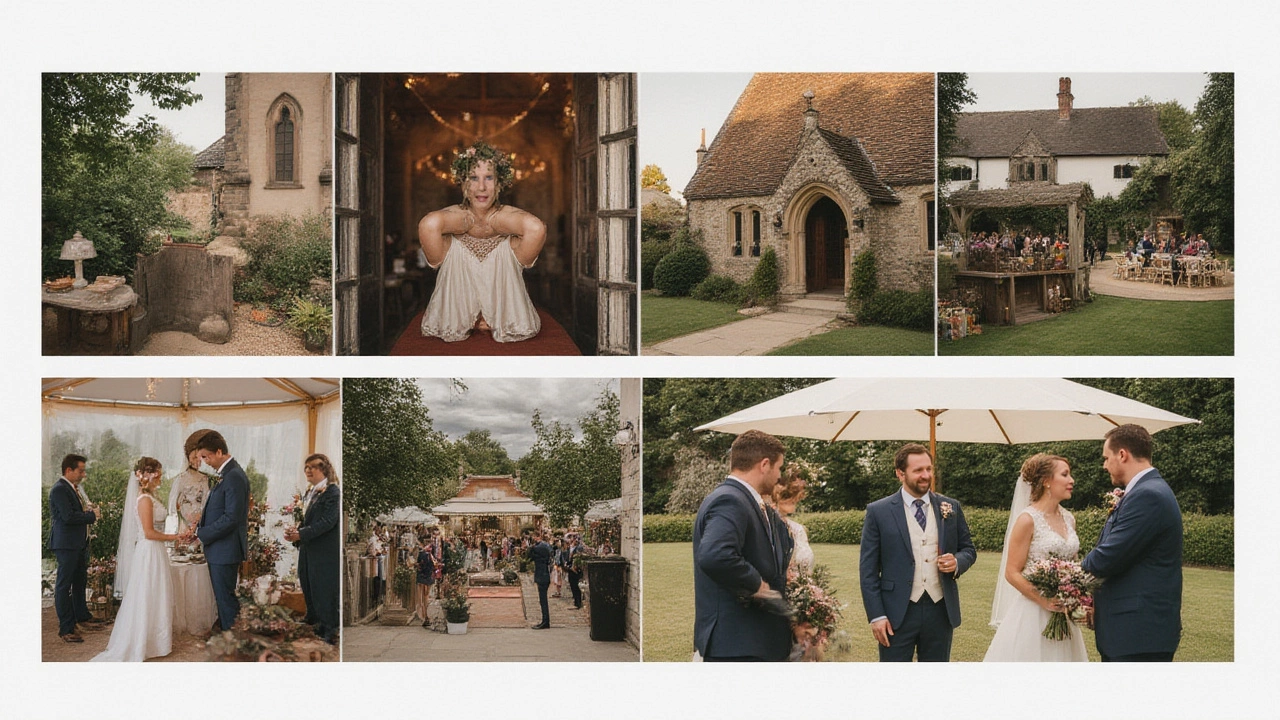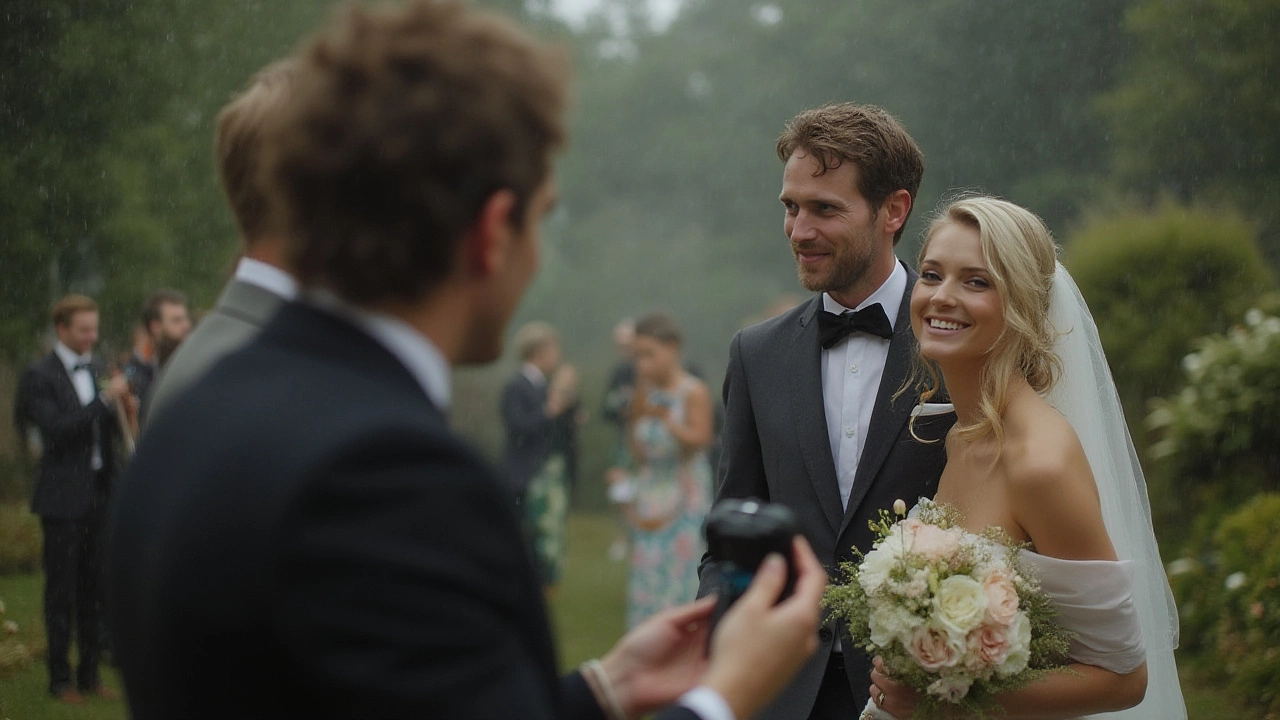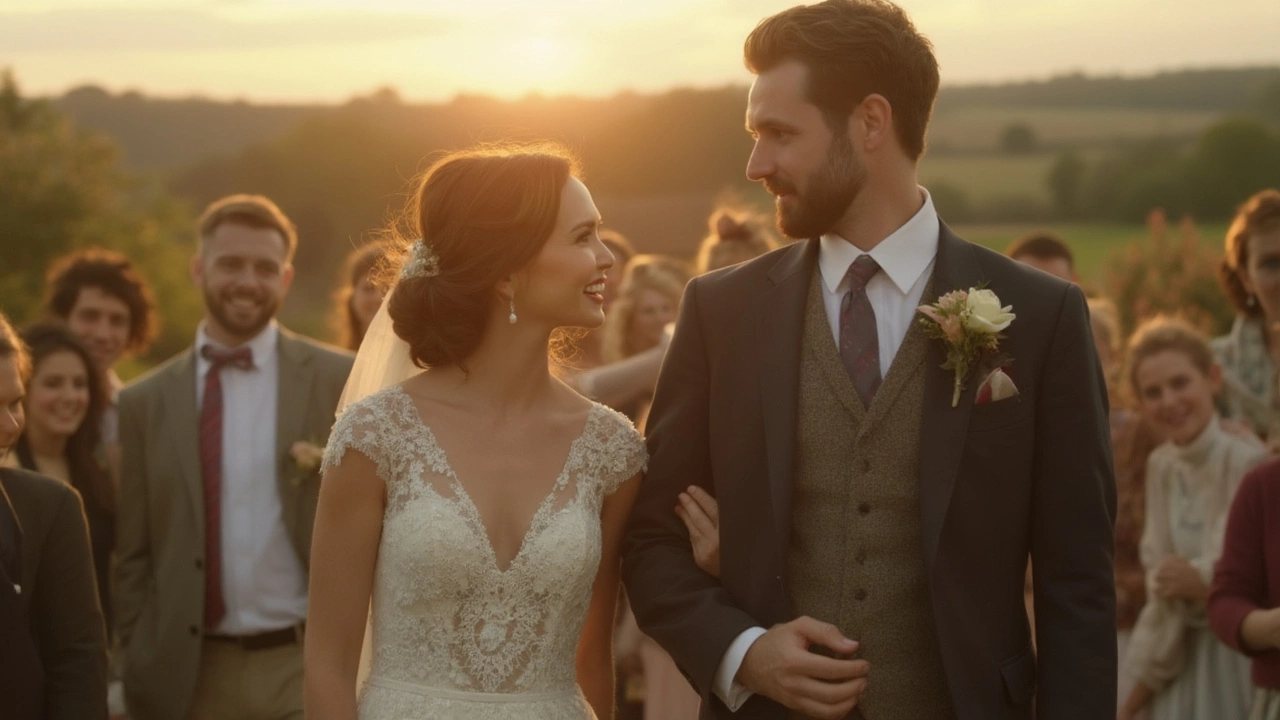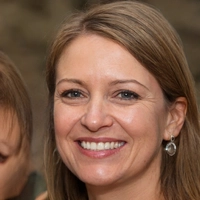Picture this: you’re dancing the night away at your wedding and glancing over to see your photographer packing up. There’s still cake to be cut and a late-night sparkler moment waiting. Is 10 hours of wedding photography actually enough to capture it all? Couples face this question all the time — and it’s not as straightforward as it seems. Your photos will be the only thing (besides your new partner, obviously) that last long after the last guest goes home. Get this right, and you’ll have albums you won’t stop flipping through. Get it wrong, and you’ll always wonder what special moment slipped by uncaptured.
What Does a 10-Hour Coverage Really Include?
Ten hours may sound like a long time until you see the wedding timeline mapped out, hour by hour. Standard coverage could roll a photographer in around noon and see them out the door by 10 p.m. But here’s where reality sets in: how those hours get used makes all the difference in your wedding album. Usually, coverage kicks off with 'getting ready' shots—the makeup brushes, the laughter, your grandma’s nervous smile. Then comes the ceremony, cocktail hour, family formals, couple portraits, the reception, special dances, cake-cutting, maybe a midnight sparkler exit. Add in travel between locations and possible delays (breaking news: weddings rarely run exactly on time) and even 10 hours can start feeling tight.
A 2023 survey by The Knot showed that most couples booked between 8–10 hours of photography. But not all weddings run the same pace. Multicultural weddings, for instance, often have several ceremonies or outfit changes. In those cases, 10 hours might barely scratch the surface. If your wedding is at a single venue with a tightly managed timeline, you can probably fit in all the must-have shots with 10 hours. But if your ceremony is downtown, your reception is half an hour away, and you crave the slow, magazine-worthy detail shots, you might want to budget for more time.
To put things into perspective, here’s what a typical 10-hour timeline could look like:
| Time | Event |
|---|---|
| 1:00 pm | Photographer arrives, gets detail shots, bride/groom prep |
| 3:00 pm | First look, couple and group portraits |
| 4:00 pm | Bridal party & family photos |
| 5:00 pm | Ceremony coverage |
| 6:00 pm | Cocktail hour & reception detail shots |
| 7:00 pm | Grand entrances, speeches |
| 8:00 pm | Dinner, candid guest shots |
| 9:00 pm | First dances |
| 10:00 pm | Cake cutting, bouquet toss, open dancing |
| 11:00 pm | Last candid moments, photographer departure |
There’s little room for extensive travel, weather delays, or last-minute timeline shuffles in this schedule. If you’re planning elaborate entrance routines, or want those romantic twilight portraits, 10 hours could leave you rushing—or missing certain shots altogether. That said, a skilled photographer can work wonders on a tight schedule. The key is knowing what you actually care about, so you can direct your photography hours exactly where they matter.

How to Maximize Your 10 Hours of Wedding Photography
This is where the magic happens: stretching those 10 hours to cover everything you want, without feeling like you’re on a stopwatch. The first big tip? Build the timeline backward from your must-capture moments. If you know you want coverage until the last big dance or that sparkler exit, anchor your end time there and count back. It’s wild how many couples forget this and end up with no photos of those last epic moments.
Second, consolidate your locations. Every car ride (especially with city traffic or makeup checks in between) eats into your photography time. Imagine getting out of the limo, only to hear ‘we have 20 minutes left!’ Streamline your itinerary so more time gets spent capturing memories, not traveling between them. If you’re handling group or family photos, make a list and assign someone bossy (and who knows the family) to round people up. Sounds trivial, but wrangling Uncle Jack and three flower girls can burn through half an hour before you know it.
- Front-load detail shots and prep photos. The earlier your photographer starts, the more relaxed everyone is.
- If you’re into the ‘first look,’ do it early so you have plenty of time for couple portraits and don’t eat up cocktail hour.
- During the reception, plan events like speeches and cake-cutting in a way that lets your photographer cover all the formalities before dinner settles in.
- Let the photographer know what 'can’t miss' moments you have in your mind—maybe a secret dance, a special guest, or a cultural tradition.
Sometimes, couples wonder if they need two photographers to make the most of the ten hours. The answer: not always, but it sure helps for larger weddings (think over 150 guests) or venues with multiple floors or outdoor spaces. Two photographers mean one can focus on you while the other gets guests’ reactions, table details, and those random but magical in-between moments.
Don’t shy away from leaning on your photographer’s expertise when making your timeline. Experienced wedding photographers have seen every kind of wedding chaos and know where things slow down or speed up. A good one will help you build a clear plan that maximizes time and minimizes stress.

Is 10 Hours the Sweet Spot—or Should You Book More?
So let’s get brutally honest—10 hours is not a universal magic number. Some weddings can get away with less, while others might want 12, 14, or even full-day, start-to-finish coverage. Think about what’s important to you. If you want your photographer for those 8:00 am sunrise hair and makeup moments, or you have two or three outfit changes planned, 10 hours will run out fast.
There are some extra factors you shouldn’t ignore. The average US wedding in 2024 cost just over $35,000, and couples spent between $2,500 and $7,000 on photography alone, according to Wedding Report. That’s a lot of money—and not exactly pocket change for most people. Squeezing every drop out of your photography package is smart, but not if it means missing the moments you’ll treasure. Some photographers even offer packages with 'unlimited' coverage or discounted extra hours. Think carefully about whether a little extra time will let you enjoy your day more instead of checking your watch.
For cultural weddings (Indian, Jewish, Nigerian, you name it), 10 hours is usually the bare minimum. Some traditional ceremonies last several days or involve multiple locations — trust me, there’s no way to fit all the rituals, dances, and family portraits into a standard timeline without rushing. Also, intimate backyard weddings or elopements, on the flipside, might happen in five hours or less and barely scratch the surface of a photographer’s 10-hour offering.
Here are a few questions to help you figure out if 10 hours is going to cut it for you:
- How many venues are you using? More venues, more travel, more time needed.
- What time does everything start — and what’s the last 'must-have' moment? Ceremony at 7 pm and a midnight farewell need more hours.
- Do you want every tiny moment captured, or are you happy with a highlight reel?
- How big is your group and bridal party? More people, more herding, more time.
- Are you planning any surprise events or performances?
People rarely regret having extra photos or extra time. But run short, and there’s no do-over. If you’re on the fence, price out what it would cost to add an extra hour or two. The investment is often pocket change compared to the whole wedding bill—and those extra memories are priceless.
If you decide to stick with ten hours, lay out your key priorities for the photographer, trust their judgment for what to focus on, and build a timeline that saves time for authentic moments rather than scrambling for every single group photo. Remember, wedding albums don’t just document — they tell a story. How long your photographer stays shapes the story you’ll keep for decades to come.
So, is 10 hours enough for wedding photography? For many couples, yes, but only if the schedule is sharp, your priorities are clear, and your photographer knows exactly what you want. When in doubt, ask to see sample timelines, talk through your must-capture moments, and see where extra hours would give you breathing room. It’s your day — make sure the story gets told the way you want.

